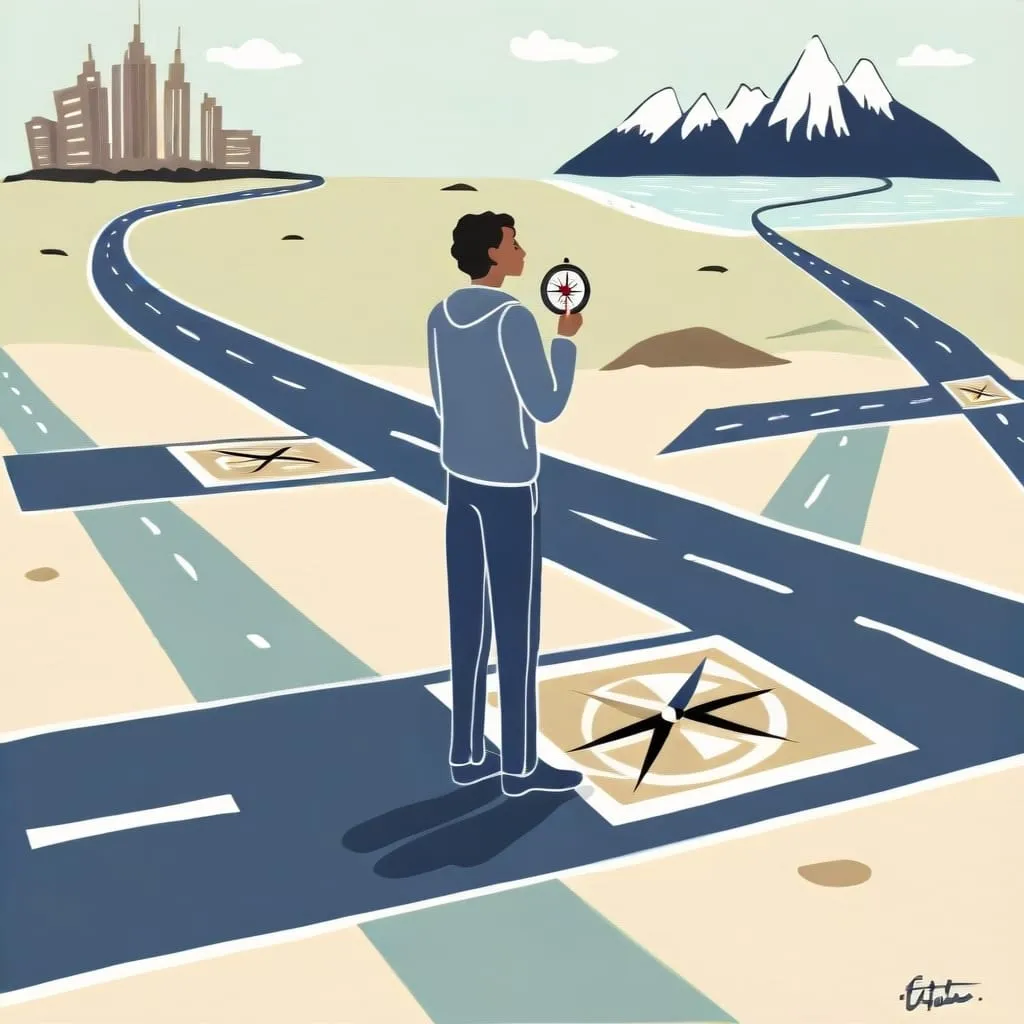In the midst of turmoil, whether it’s an economic downturn, a natural disaster, or a global health crisis, the role of a leader becomes paramount. Effective crisis leadership is not just about reacting to the situation; it’s about preparing for it, managing it, and emerging stronger on the other side. Here are five critical strategies that leaders can employ to steer their organizations through turbulent times.
The Power of Clear Communication
Clear communication is the backbone of crisis management. When the world around you is chaotic, your team needs a steady voice to guide them. This involves keeping everyone informed about the situation, the steps being taken, and the expected outcomes. Transparency is key; it helps to build trust and calm nerves.
Imagine being on a plane experiencing turbulence. The pilot’s calm and clear voice over the intercom can make all the difference in how passengers react. Similarly, in a crisis, leaders must communicate in a way that is clear, concise, and reassuring. This doesn’t mean sugarcoating the truth but presenting it in a manner that inspires confidence and unity.
The Art of Rapid Decision-Making
Crisis situations often demand swift action. There is no time for prolonged deliberation or endless meetings. Leaders must gather the necessary information quickly, consult with experts if needed, and make decisions that can mitigate the crisis’s impact. This is where rapid decision-making protocols come into play.
These protocols are structured processes designed to facilitate quick and effective decisions. They ensure that key stakeholders can evaluate information swiftly, analyze options, and implement actions without delay. For instance, during the COVID-19 pandemic, leaders who quickly adapted their business models to include remote work and digital solutions were better positioned to survive and even thrive.
The Importance of Adaptability
Crises are inherently unpredictable, and plans that seemed solid at the outset can quickly become obsolete. Effective leaders must be adaptable, willing to change course as new information emerges. Being rigid or sticking to a predefined plan can be detrimental in a rapidly evolving crisis.
Think of it like a chess game where the rules keep changing. You need to be flexible and adjust your strategy based on the new moves your opponent makes. In a crisis, this adaptability can mean the difference between success and failure. For example, companies that quickly shifted their supply chains and production processes during the pandemic were able to meet new demands and stay afloat.
The Role of Emotional Intelligence
Emotional intelligence is often overlooked but is crucial in crisis leadership. Leaders with high emotional intelligence can empathize with their team members, understand their fears and stresses, and provide the necessary emotional support. This involves listening to concerns, validating feelings, and offering assistance when possible.
During the McDonald’s crisis where the CEO’s insensitive comments sparked outrage, the lack of emotional intelligence was glaringly evident. The CEO’s failure to consider the emotional impact of his words exacerbated the crisis. In contrast, leaders who show empathy and self-awareness can foster a sense of unity and resilience among their team.
Efficient Resource Allocation
In a crisis, resources are often scarce and need to be allocated efficiently. Leaders must prioritize tasks, allocate manpower, and manage budgets effectively. This may involve making tough decisions about where to focus resources, but it ensures that they are used where they are most needed to resolve the crisis.
For instance, during natural disasters, emergency responders must quickly allocate resources such as personnel, equipment, and supplies to the most critical areas. This efficient allocation can save lives and mitigate damage. In a business context, this might mean redirecting funds to support remote work infrastructure or reallocating staff to handle increased customer inquiries.
Preparation and Resilience
Preparation is the unsung hero of crisis leadership. Leaders who conduct risk assessments, create crisis response teams, and practice crisis scenarios are better equipped to handle unexpected challenges. This preparation includes building relationships with key stakeholders and continuously updating crisis management plans.
Resilience is equally important. Leaders must prioritize their own well-being and that of their team. This includes seeking support when needed and taking breaks to recharge. The ability to bounce back from adversity is what sets effective crisis leaders apart.
Real-World Examples
There are numerous examples of effective crisis leadership that illustrate these strategies in action. During the 2010 Deepwater Horizon oil spill, BP’s initial response was criticized for being slow and inadequate. However, as the crisis unfolded, the company’s leaders adapted quickly, implementing new safety measures and communication strategies that helped mitigate the damage.
In contrast, companies like Zoom and Microsoft, which quickly adapted to the remote work demands of the COVID-19 pandemic, saw their businesses thrive. Their leaders made swift decisions, allocated resources efficiently, and communicated clearly with their teams and stakeholders.
Conclusion
Crisis leadership is not just about managing the immediate crisis; it’s about positioning the organization for long-term recovery and growth. By focusing on clear communication, rapid decision-making, adaptability, emotional intelligence, and efficient resource allocation, leaders can guide their organizations through even the most turbulent times.
Preparation and resilience are the foundation upon which these strategies are built. Leaders who understand the importance of these elements can make decisions that minimize lasting damage and position their organization for success once the crisis subsides.
In the end, effective crisis leadership is about more than just surviving a crisis; it’s about emerging stronger, more united, and more resilient than ever before.






